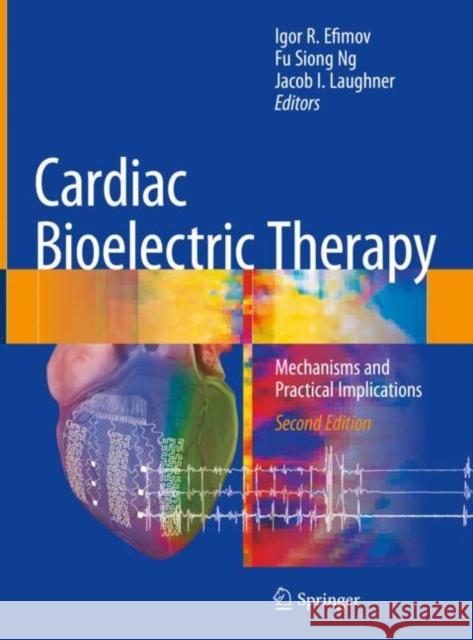Cardiac Bioelectric Therapy: Mechanisms and Practical Implications » książka
topmenu
Cardiac Bioelectric Therapy: Mechanisms and Practical Implications
ISBN-13: 9783030633547 / Angielski / Twarda / 2021 / 432 str.
Cardiac Bioelectric Therapy: Mechanisms and Practical Implications
ISBN-13: 9783030633547 / Angielski / Twarda / 2021 / 432 str.
cena 887,69
(netto: 845,42 VAT: 5%)
Najniższa cena z 30 dni: 848,19
(netto: 845,42 VAT: 5%)
Najniższa cena z 30 dni: 848,19
Termin realizacji zamówienia:
ok. 22 dni roboczych.
ok. 22 dni roboczych.
Darmowa dostawa!
Kategorie BISAC:
Wydawca:
Springer
Język:
Angielski
ISBN-13:
9783030633547
Rok wydania:
2021
Wydanie:
2021
Ilość stron:
432
Waga:
1.22 kg
Wymiary:
28.45 x 21.59 x 2.29
Oprawa:
Twarda
Wolumenów:
01











